1894 maps show a Manhattan densely populated with immigrants
See the full map
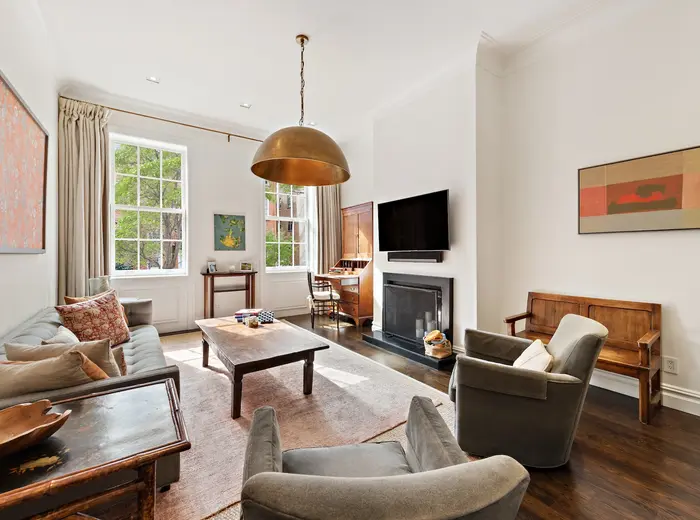


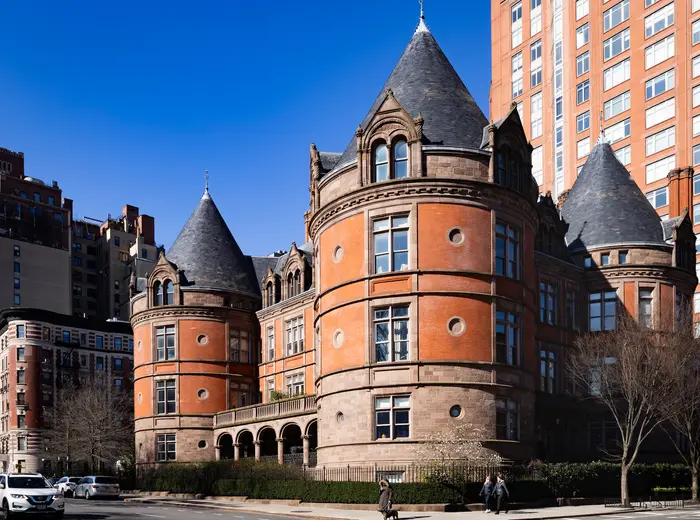
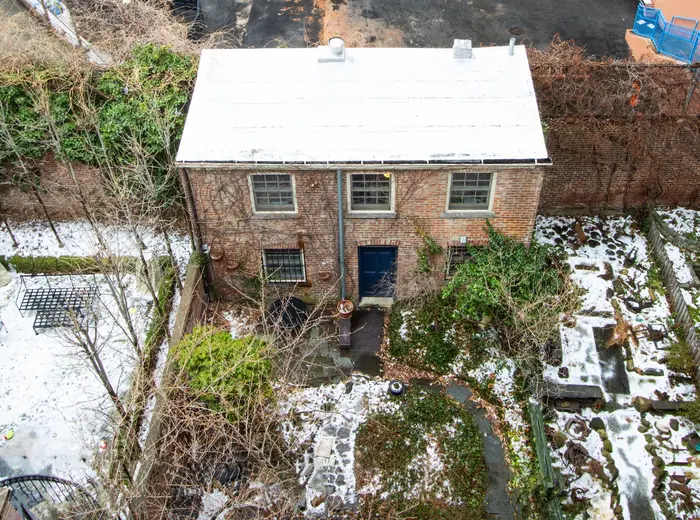
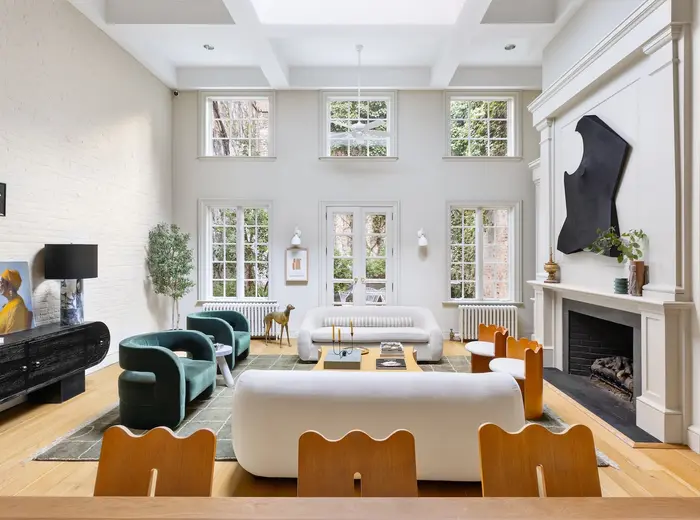

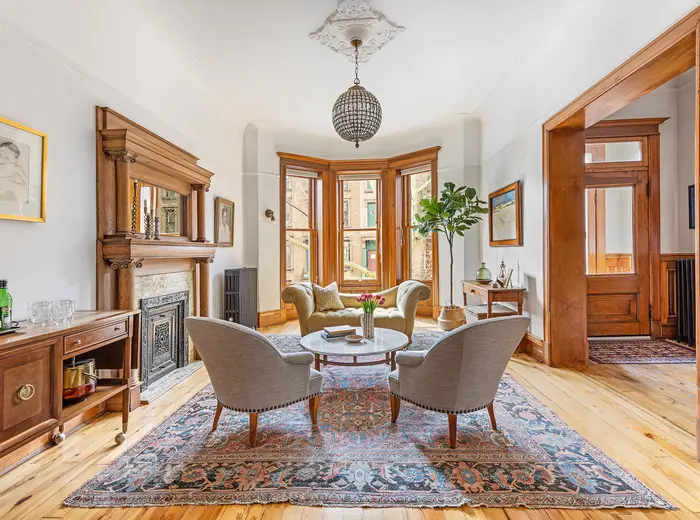
 Know of something cool happening in New York? Let us know:
Know of something cool happening in New York? Let us know:
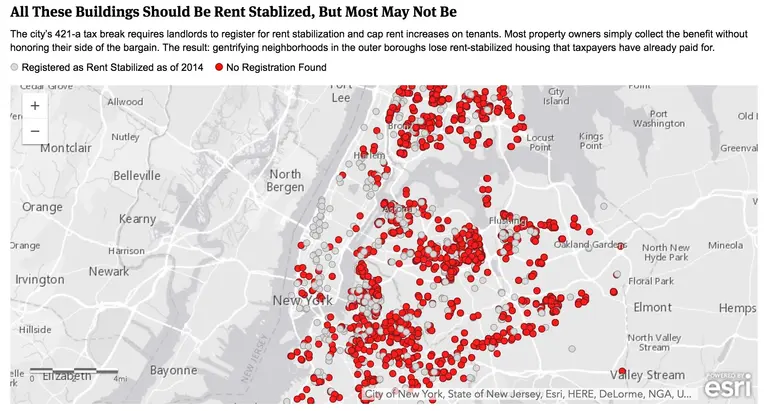
View the map from ProPublica in its interactive form here >>